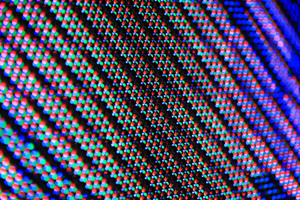Bullfighting ... as a copyright work?
The Spanish Supreme Court recently refused to overturn a decision by the Territorial Registry of Intellectual Property of Extremadura to refuse to register the copyright in a bullfight. Specifically, it refused to register a work entitled: Bullfight, with two ears with tail, request to the bull "DIRECCION000" nº 94, weighing 539 kgs, born in February 2010, Garcigrande livestock Fair of San Juan de Badajoz, June 22, 2014.
The appellant, Don Laureano, argued that not only was this particular fight artistic but that the delivery of it was, of itself, a manifestation or precise fixation of it and worthy of copyright as a result. He said it should never have been refused by the Registry in the first place. Parallels were drawn by Laureano with choreography - a form of expression that could, the Court conceded, be protected as copyright.
However, the Spanish Supreme Court rejected his arguments. The Court of Justice of the European Union had already ruled out football games as being copyrightable in (C-403/08 and C-429/08) Football Association Premier League and, although the analogy did not map onto bullfighting perfectly, it was still a "sport" constrained by rules and a format that left insufficient room for copyrightable creative expression. Equally, a bullfight was not, the Court said, a work of sufficient specificity or precision to warrant protection. Quite unlike choreography, a bullfight could not be recorded in recognisable notation and could never be reproduced.
European copyright law has been simplified in recent decisions such as Cofemel, which confirms a (relatively) uniform, low, threshold for originality across the EU. But, decisions like this remind us that there are other hurdles to overcome apart from originality.
Whilst we do not expect that many of our readers will be disappointed to hear that bullfighting is a write-off for copyright protection, there may be implications for other works that involve, for example, audience participation - or indeed any other factors outside of the creator's control. This case highlights the importance of keeping records and recordings of any work in an unusual format that are as detailed and as precise as possible. If copyright protection is not available for the work itself, it may yet attach to the recording of it.
But, without diminishing the artistic consideration that the work of a bullfighter can be recognized by critics and fans, and of the feelings it may generate in those who witness it, as reflected in the work of some famous poets (Gerardo Diego, Federico García Lorca, José Bergamín, among others) and painters (Goya, Picasso, Fortuny, Sorolla, also among others), if it is to be protected as intellectual property, in view of the purpose of this protection, must meet the requirements of a [copyright] work.









